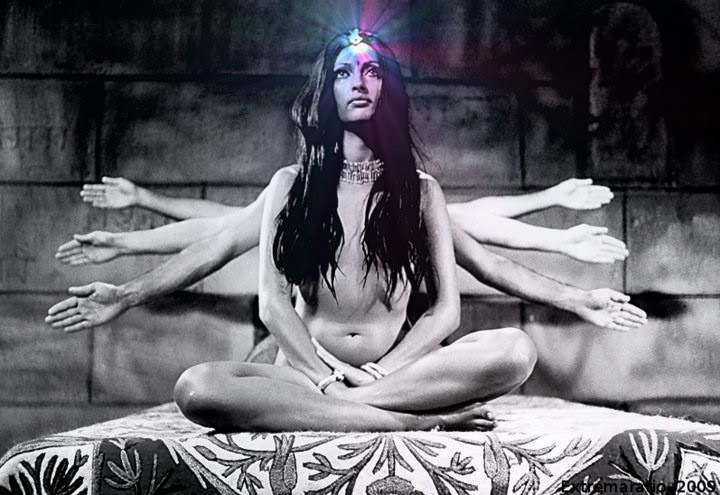
Astrology, Karma, and Transformation
 Astrology, Karma, and Transformation” by Stephen Arroyo, published in 1978, remains a cornerstone in the realm of astrology and metaphysical exploration. Arroyo’s approach is refreshingly deep, steering clear of superficial daily horoscopes and diving into the murky waters of karmic imprints, past choices, and the transformative potential that astrology offers. Now, what Arroyo does so splendidly is to take this ancient, often misunderstood art and position it not just as a way to understand yourself, but as a means to actively transform yourself. He encourages you to view your birth chart as a soul map. Each planet, every aspect, all those peculiar glyphs are not just arbitrary symbols but reflections of your past experiences, choices, and your soul’s history.
Astrology, Karma, and Transformation” by Stephen Arroyo, published in 1978, remains a cornerstone in the realm of astrology and metaphysical exploration. Arroyo’s approach is refreshingly deep, steering clear of superficial daily horoscopes and diving into the murky waters of karmic imprints, past choices, and the transformative potential that astrology offers. Now, what Arroyo does so splendidly is to take this ancient, often misunderstood art and position it not just as a way to understand yourself, but as a means to actively transform yourself. He encourages you to view your birth chart as a soul map. Each planet, every aspect, all those peculiar glyphs are not just arbitrary symbols but reflections of your past experiences, choices, and your soul’s history.
Arroyo believes that your birth chart reflects all the karmic imprints from your past actions and experiences. It’s not just some random snapshot of the stars; it’s a map of your soul’s journey through time. But forget good karma = good luck, bad karma = bad luck. This book dives deeper. It says that your birth chart reflects of your past choices and experiences. However, it’s not set in stone. By understanding your chart, you can transform our karma. It’s like a map of hidden potential, waiting to be explored. The influence of Dane Rudhyar here is clear. Rudhyar, who’s like the granddaddy of modern psychological astrology, saw the birth chart as a holistic map of the human experience. He believed astrology was not just a tool for prediction but a mirror reflecting the totality of who we are – mind, body, and spirit.
“A child is born on that day at that hour when the celestial rays are in mathematical harmony with his individual karma. His horoscope is a challenging portrait, revealing his unalterable past and its probable future results. But the natal chart can be rightly interpreted only by men of intuitive wisdom…Fate, karma, destiny – call it what you will – there is a law of justice which somehow, but not by chance, determines our race, physical structure and some of our mental and emotional traits. The important thing to realize is that while we may not escape our own basic pattern we can work in conformity with it. That is where free will comes in. We are free to choose and discriminate to the limits of our understanding, and, as we rightly exercise our power of choice, our understanding grows. Then, once having chosen, a man had to accept the consequences of his choice and go on from there.”
Karma

In the opening chapter, Karma and the Universal Law of Cause and Effect, he wastes no time in drawing us straight into the area of karma. He’s not dressing it up in fancy robes or chanting mystical incantations—no, he’s laying it out plainly: Karma is as natural and unavoidable as gravity. It’s the law of cause and effect. Arroyo’s statement, “It shouldn’t be a surprise that someone who plants thistles can’t hope to get roses in return” encapsulates the idea that our actions—the seeds we sow—determine the nature of the consequences we experience—the flowers we reap. So, if we’re out there planting negativity and bad juju, don’t be surprised when we find ourselves knee-deep in thistles. But if we’re sowing seeds of love, kindness, and compassion, well, get ready for a garden full of beautiful roses blooming all around us.
Arroyo’s message here is crystal clear: karma isn’t some New Age woo-woo; it’s a fundamental law of the universe. In essence, he’s saying: You’re not a victim of fate. You’re not trapped in some predestined karmic loop. You’re a participant in the grand dance of existence, planting the seeds of your future with every thought, word, and action. And with that knowledge comes the incredible power to transform.
“Everything in the universe is connected, like a giant web. Balance is the most important factor in maintaining this interconnectedness; without it, everything would spiral into chaos. Some believe we come back to life after we die (reincarnation) to learn and grow as people (spiritually). Each life brings challenges that help us improve. Important lessons include love, patience, and not going to extremes (unbalanced). The more we learn about ourselves (self-knowledge), the better we understand our goals, wants, what we’re gifted at, and what needs work. This self-discovery helps us wake up to who we truly are.”
Across different cultures and times, people have believed in karma, the idea that our actions have consequences. It’s a guiding principle for how we behave and grow as individuals. Karma shows how everything in the universe is connected, and that what we do affects everything else. It’s the recognition that every action, every thought, every breath you take is part of this vast, interconnected existence.
Think the universe as this enormous, cosmic pond, and each one of us is standing on the shore with a pocket full of stones. Every time you drop one in—whether it’s a word spoken in kindness, a moment of anger, a passing thought—it sends ripples across the water. These ripples don’t just stop at the edge of our little patch; they keep going, intersecting, colliding, merging with the ripples created by others. A smile to a stranger might end up lighting a spark of joy that ripples through their day and carries on to the next person they meet. Conversely, a harsh word might send waves of pain or frustration that move outward, touching places and people we may never see. Karma, then, is this beautiful dance of cause and effect—a living proof that we’re all connected in this great web of life. What we do, say, or even think touches others in ways we might never understand. It’s a call to live with intention, to make our actions conscious choices rather than automatic responses.
The Astrologer and Karma
We learn that Arroyo has a lot of planets in his 7th house and that his main role in astrology has been as a counsellor or consultant. One-on-one counselling has always come naturally and easily to him, and it has also been a great way for him to learn. The author says, “The wonderful thing about Dane Rudhyar’s work is that he keeps reminding us of the greater purpose of astrological work…the astrologer serves as a channel to a dimension of order, knowledge, and insight that is usually inaccessible to other counsellors.
Engaging with astrology on the regular isn’t just about checking our horoscope for a bit of guidance— over an extended period of time can lead to a massive shift in our perception and understanding of both ourselves and the universe. When an astrologer deciphers the symbolic language of the universe, something truly magical happens—they become more attuned to the waves of energy and vibration that underpin existence. As you pour over birth charts, planetary transits, and astrological aspects, you start to develop a sort of symbolic literacy. Your brain gets wired to notice patterns, rhythms, and cycles—not just in the stars, but in life itself. You begin to sense the ebb and flow of energies, the dance of the planets, and how it all intertwines with human experience. Suddenly, the world is alive with meaning. The veil between the seen and unseen becomes thinner, more translucent. You start to recognize that there’s more going on than meets the eye—that we’re all swimming in a vast ocean of energies, vibrations, and frequencies that interconnect us all.
And this isn’t just for the astrologers among us; it’s an invitation for anyone willing to look beyond the surface. The real magic of astrology lies in its ability to open our eyes to the interconnectedness of all things, to see patterns and synchronicities where once there was only randomness. It’s a practice that can teach us to live more consciously, more compassionately, and with a deeper awareness of the energies at play in our lives.
The Challenge of Transformation
In Arroyo’s perspective, reshaping our habit patterns isn’t easy. It’s not like flicking a switch or summoning some mystical “willpower” from the depths of our being. Trying to shake off these deeply ingrained habits with some oversimplified “New Age” wisdom is not going to cut it. We can’t just slap on a positive affirmation and expect all our problems to dissolve because we sprinkle a little “love and light” or chant affirmations in front of the mirror.
“I’m in control of my destiny; I orchestrate all events in my life; I’m fully aware that I’m causing my own suffering,” proves insufficient in fundamentally altering these deeply ingrained behaviors.
He challenges us to recognize that the roots of our behaviors, our patterns, our sufferings run deep. They’re not superficial things that can be brushed away with a bit of willpower. These are things that have been planted in our subconscious through years, perhaps lifetimes, of conditioning, past experiences, traumas, and unexamined beliefs. Arroyo acknowledges the complexity of human behavior and the inertia of deeply embedded patterns. When the going gets tough, when the challenges feel like mountains rather than molehills, “where there’s a will, there’s a way” starts to sound a bit like a hollow platitude. It’s not that willpower is useless; it’s just that it often isn’t enough on its own. Because when you’re up against the big stuff—serious addiction, chronic fear, ingrained trauma, or existential dread—the old “just try harder” approach doesn’t even scratch the surface.
Arroyo warns us against the seductive lure of what is called “pseudo-spiritual escapism.” It’s the tendency to gloss over our deeper issues with feel-good platitudes and superficial remedies, thinking we can bypass the hard work of self-inquiry and genuine transformation. But as Arroyo reminds us, these quick fixes and surface-level solutions only serve to delay the inevitable—the release of all that pent-up energy we’ve been trying so hard to suppress.
Internal conflicts, emotional wounds, and spiritual crises are like tectonic plates—they need room to move, to shift, to find a new balance. When we ignore them, when we stuff them down with empty affirmations or try to outthink them, we’re only building pressure. And eventually, that pressure finds a way out, often in dramatic, disruptive ways.
Arroyo is pointing us to a more honest, compassionate approach, one that acknowledges the messiness of being human. Changing deeply ingrained patterns isn’t a matter of slapping a Band-Aid on a bullet wound; it requires a willingness to dive into the depths of our own psyche, to really get to know the landscape of our inner world. It’s facing those fears, the traumas, the uncomfortable truths that we’d rather not acknowledge, and realizing that true healing doesn’t come from avoiding these things, but from understanding them. This approach requires a certain humility, a recognition that we are incredibly complex creatures living in an equally complex world. Our thoughts, feelings, and behaviors aren’t just isolated phenomena; they’re shaped by a whole host of external factors—our upbringing, our culture, our relationships, the planetary energies we were born under, and the very experiences we’ve lived through. Arroyo is encouraging us to be aware of these influences, not to be defeated by them, but to better understand how they’ve shaped who we are and how we react to the world around us.
The process he describes is not a quick fix; it’s a slow, deliberate journey toward wholeness. To do this, we need to tune in, to really listen to ourselves—the thoughts that flutter through our minds, the feelings that surge through our hearts, and the behaviors that define our days. We must ask ourselves: Where do these come from? What old wounds are they speaking to? What needs are they trying to meet? It’s about moving beyond knee-jerk reactions and automatic behaviors, understanding the layers underneath, and being courageous enough to face what we find there.
Arroyo isn’t suggesting that we drown ourselves in introspection or get stuck in analysis paralysis. It’s not about endlessly ruminating over our past or wallowing in our wounds. We’re creating a space where we can genuinely reflect, understand, and start to change from a place of awareness. And this is where the real work lies—the slow, steady work of integrating all the parts of ourselves, of finding harmony between our conscious intentions and our subconscious patterns. It’s about doing the inner work—the real work—to not only understand ourselves but to transform in a way that brings us into greater alignment with our true essence, and ultimately, with the flow of the universe itself.
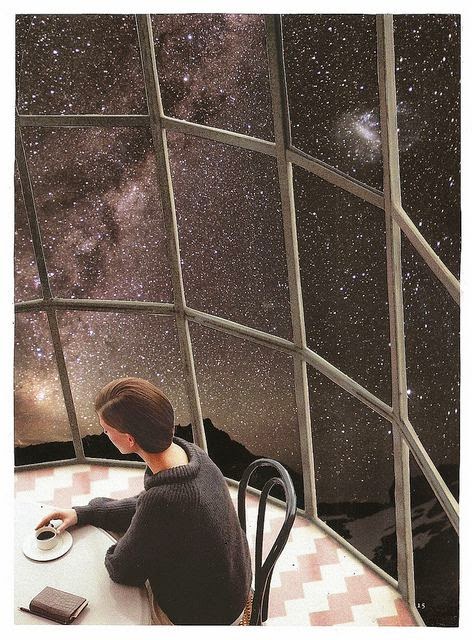
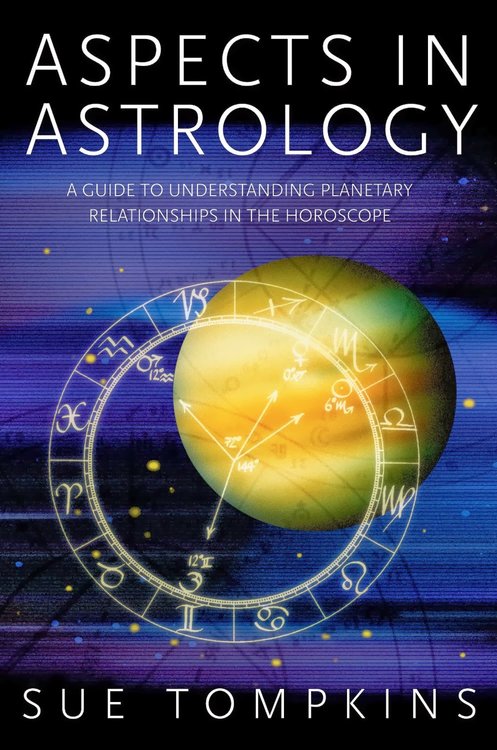

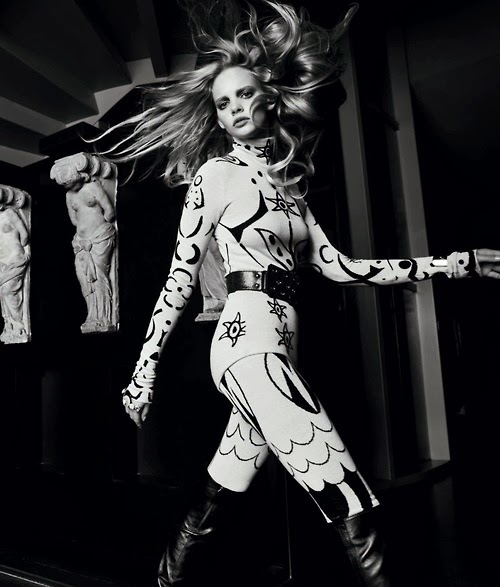


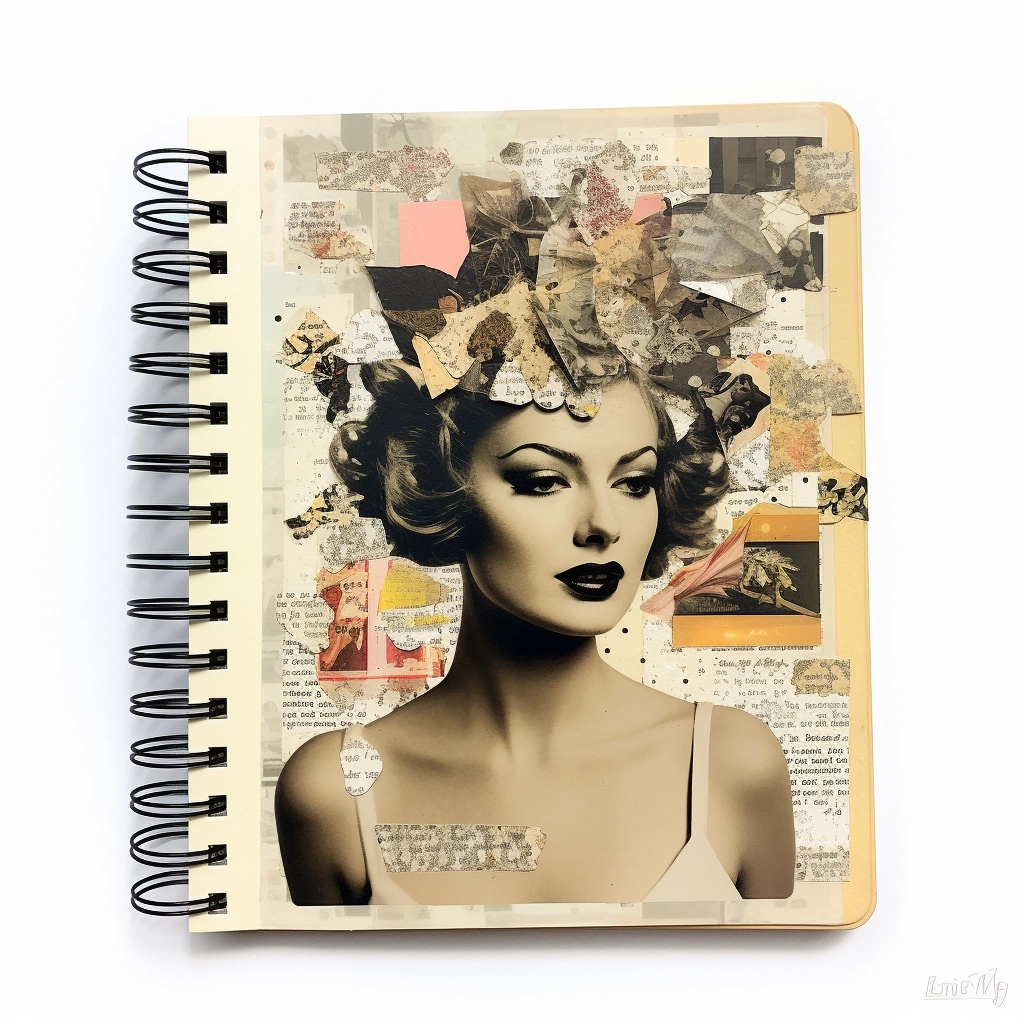


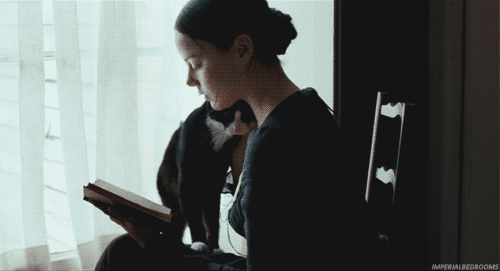
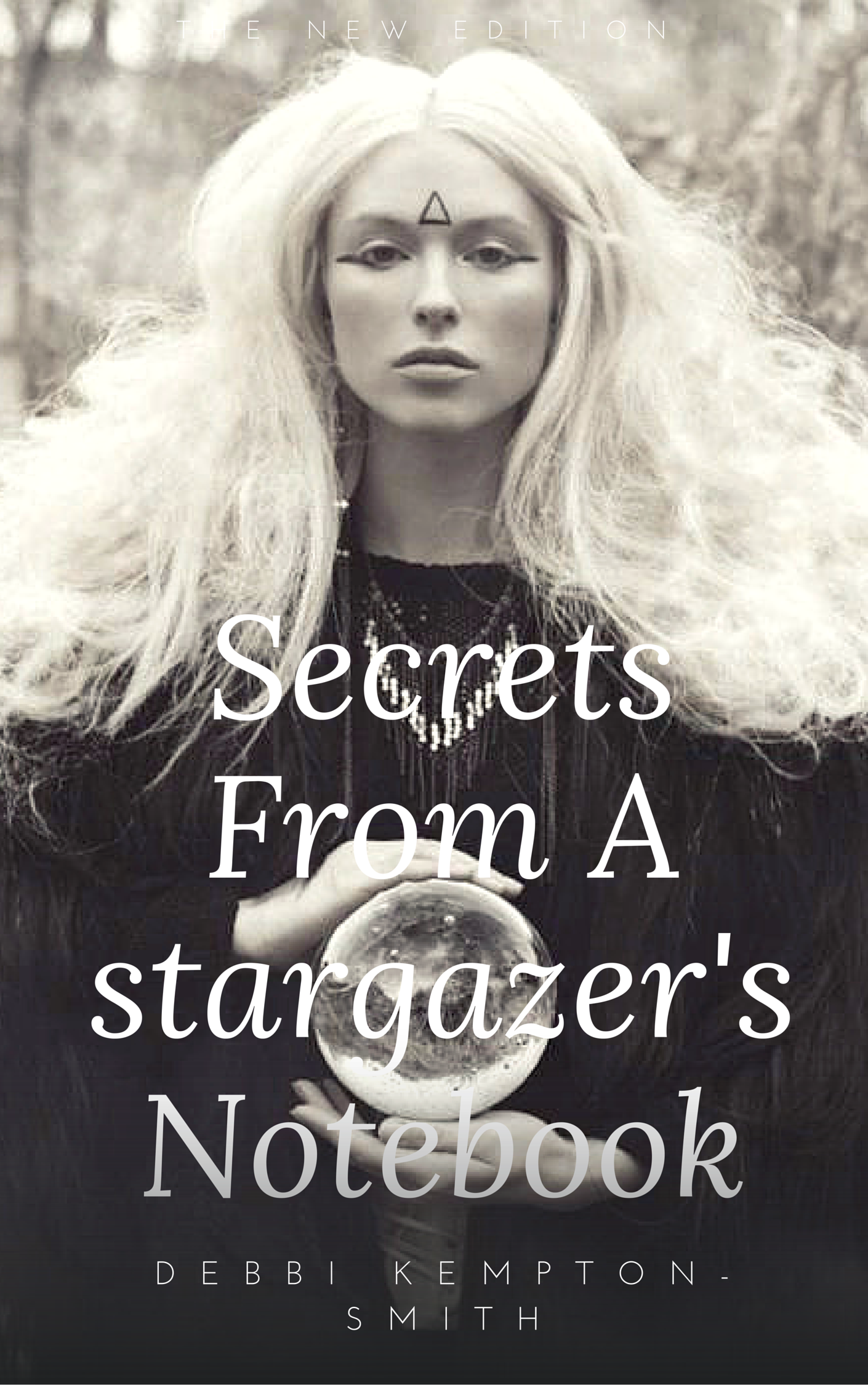
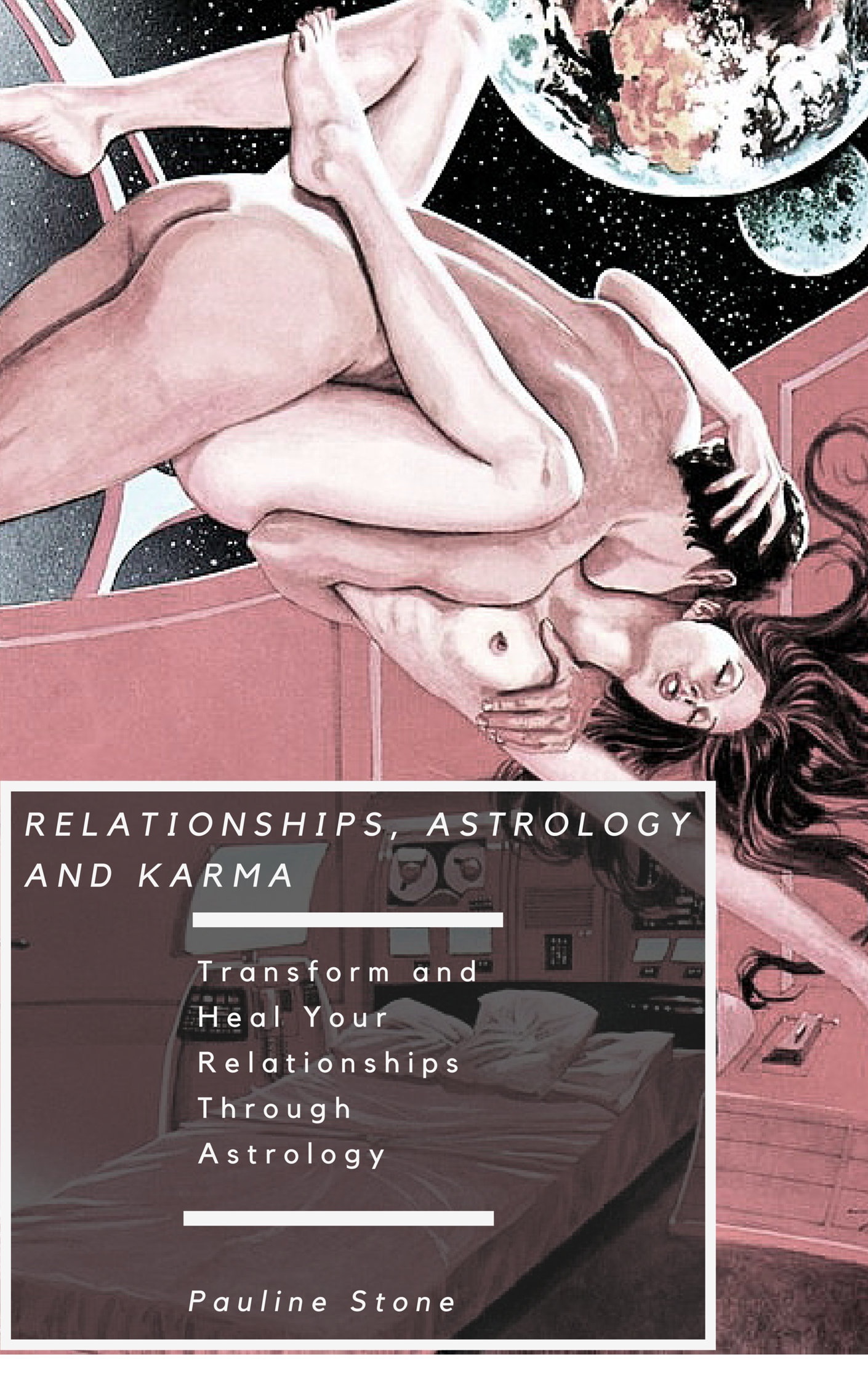
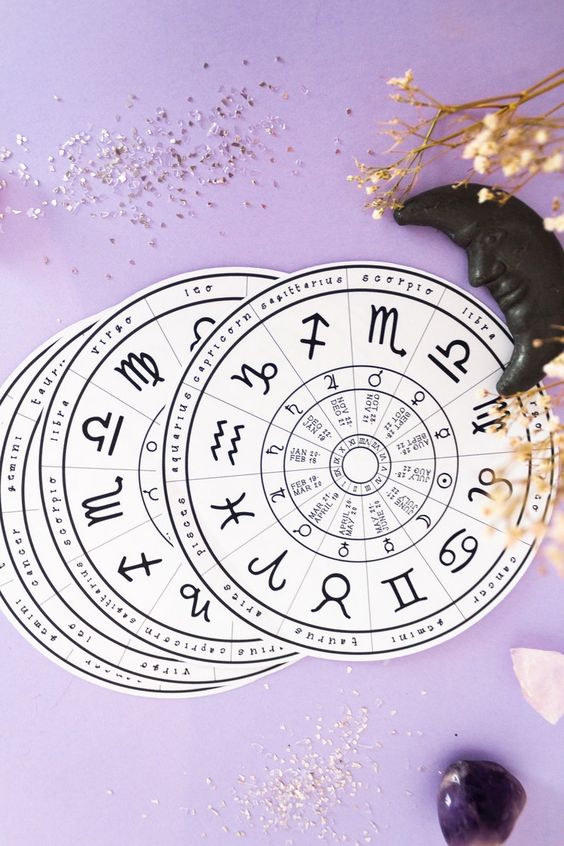
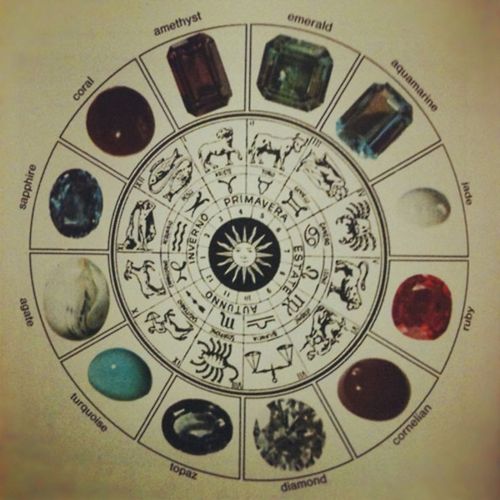




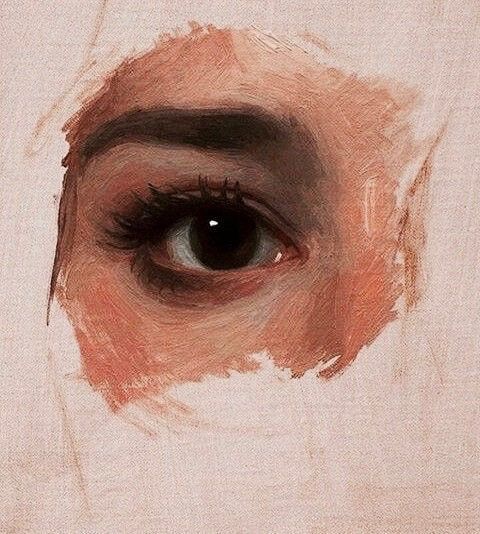
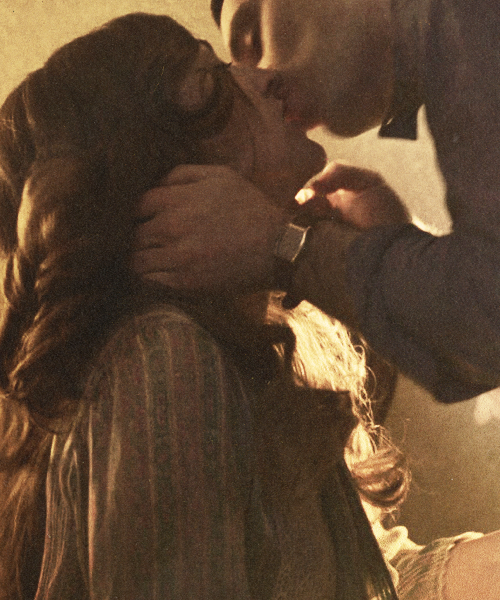 Sun Square Pluto Synastry: You’ve Got That Power Over Me
Sun Square Pluto Synastry: You’ve Got That Power Over Me
 Scorpio’s Cold Withdrawal
Scorpio’s Cold Withdrawal
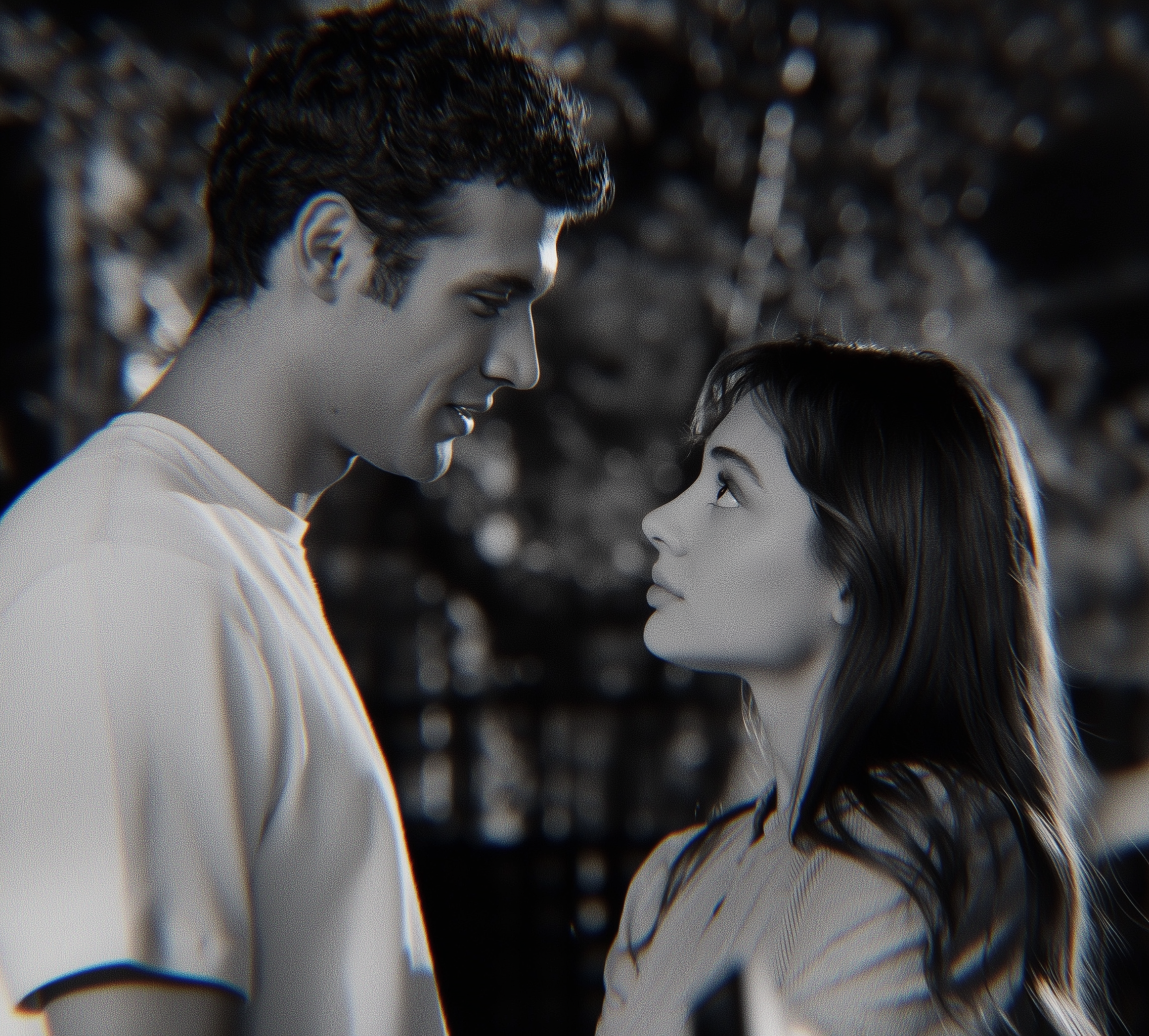 Moon Conjunct Pluto Synastry
Moon Conjunct Pluto Synastry
 Venus-Pluto Synastry: A Love So Powerful That It Might Just Kill Them
Venus-Pluto Synastry: A Love So Powerful That It Might Just Kill Them
 Mercury Conjunct Venus Synastry
Mercury Conjunct Venus Synastry
 Mars Square Pluto Natal Aspect: The Unbreakable Spirit
Mars Square Pluto Natal Aspect: The Unbreakable Spirit
 Reflections on a Past Venus-Pluto Synastry Aspect
Reflections on a Past Venus-Pluto Synastry Aspect
 Mars-Pluto Synastry: Something Quite Dark and Dangerous
Mars-Pluto Synastry: Something Quite Dark and Dangerous
 Uranus Transits 8th the House: Rebirth from Chaos
Uranus Transits 8th the House: Rebirth from Chaos
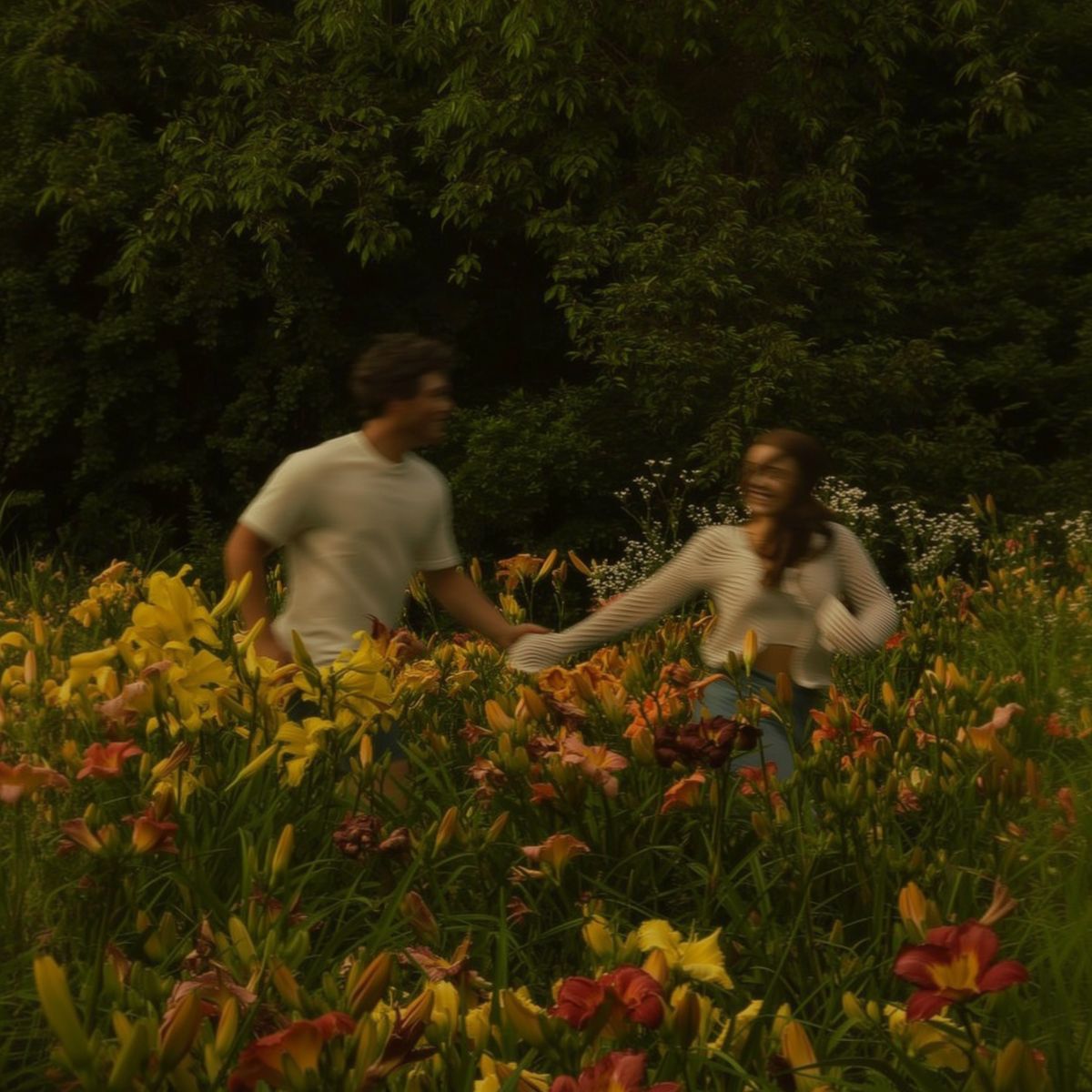 Venus Trine Mars Synastry
Venus Trine Mars Synastry
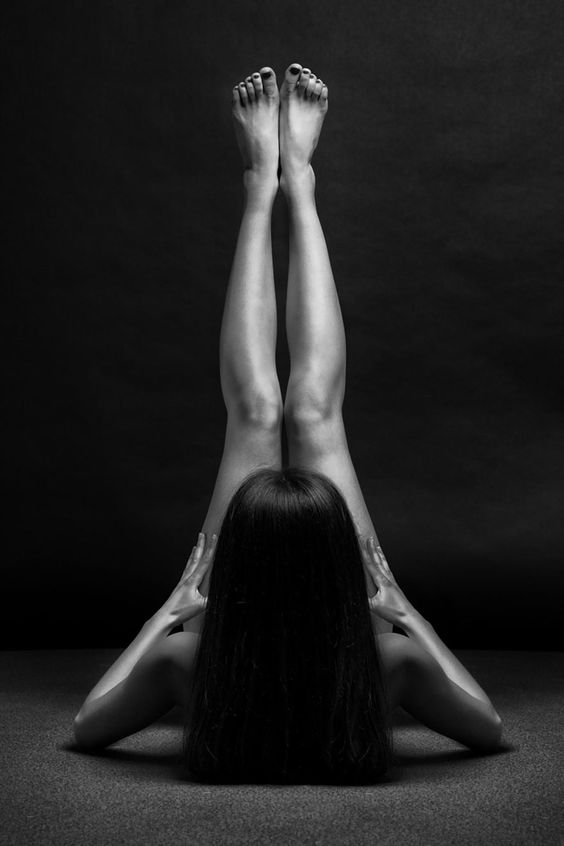 Mars in Aquarius: Sex drive
Mars in Aquarius: Sex drive
 Mars-Saturn Synastry: The Eternal Loop
Mars-Saturn Synastry: The Eternal Loop
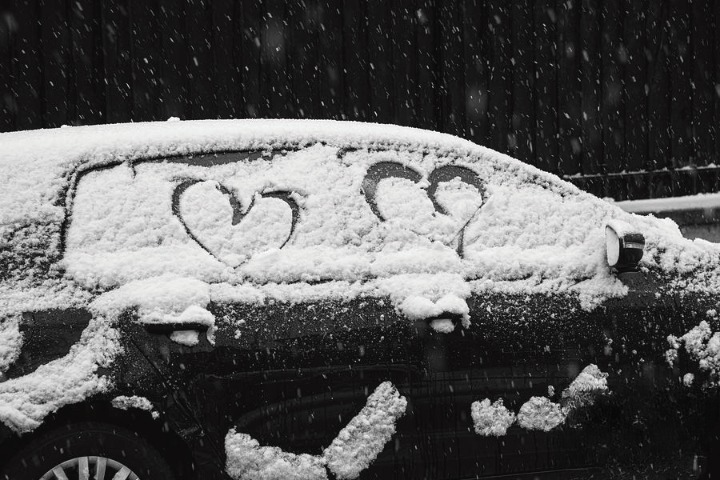 Composite Sun in the 8th House: Weather the Storm
Composite Sun in the 8th House: Weather the Storm
 Sun Conjunct Pluto Synastry: Enlightening or Annihilating
Sun Conjunct Pluto Synastry: Enlightening or Annihilating
 Venus Trine Pluto: Dark Desires
Venus Trine Pluto: Dark Desires
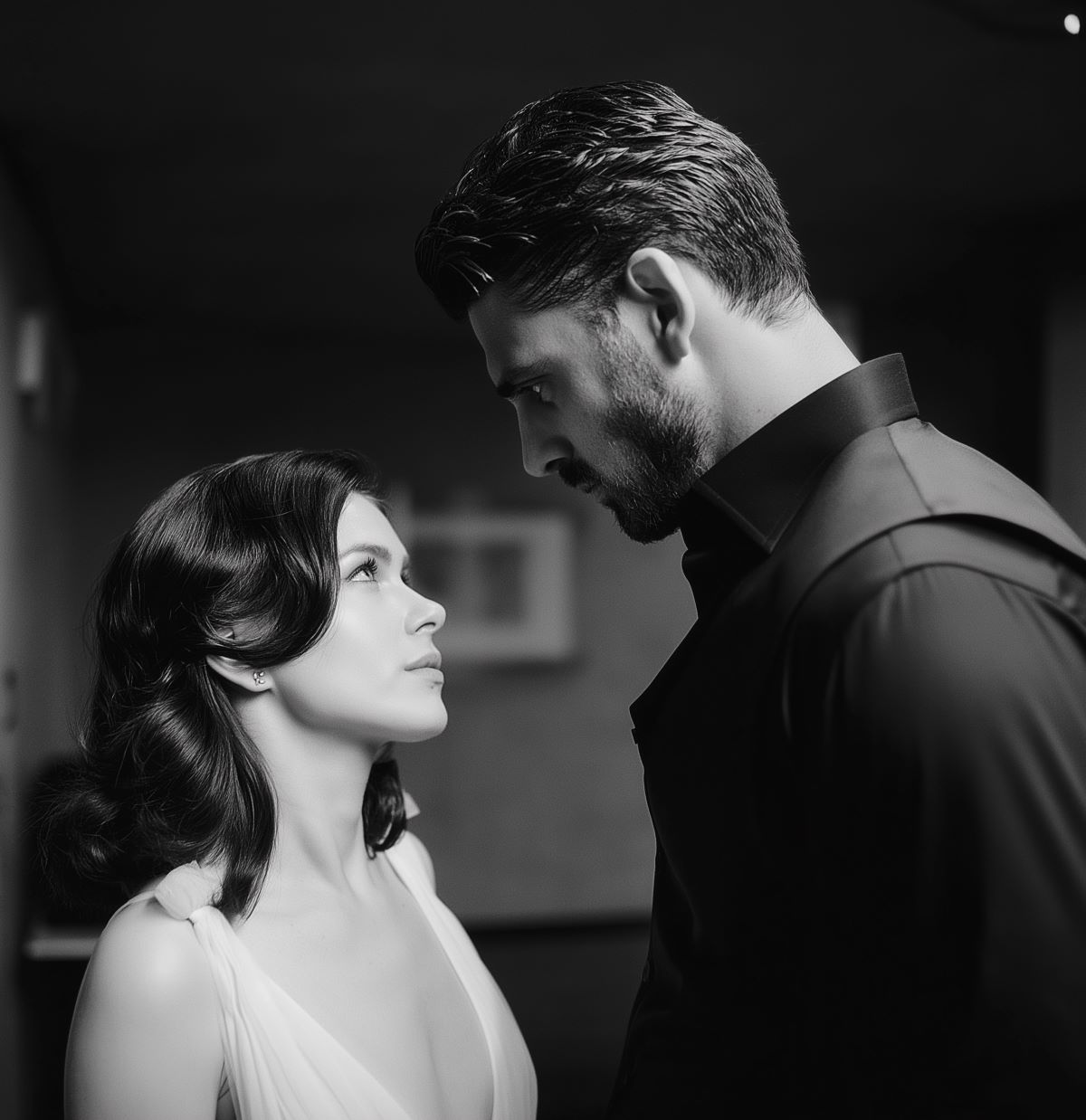 Mars Conjunct Pluto Synastry
Mars Conjunct Pluto Synastry
 Moon Opposite Uranus Natal Aspect
Moon Opposite Uranus Natal Aspect
 The Watery Gardeners: Cancer, Scorpio, and Pisces
The Watery Gardeners: Cancer, Scorpio, and Pisces
 Transiting Pluto Aspect Natal Mars: Are You Mad as Hell
Transiting Pluto Aspect Natal Mars: Are You Mad as Hell
 Moon Conjunct Pluto Natal Aspect: Emotional X-Ray Vision – Seeing Through Souls Since Birth
Moon Conjunct Pluto Natal Aspect: Emotional X-Ray Vision – Seeing Through Souls Since Birth